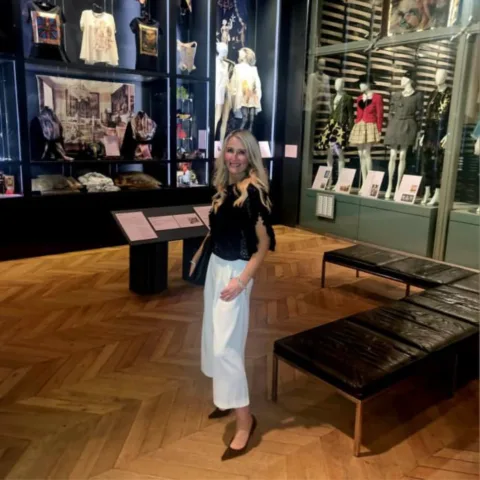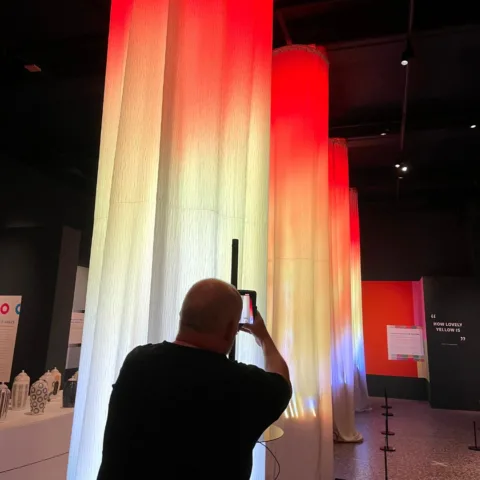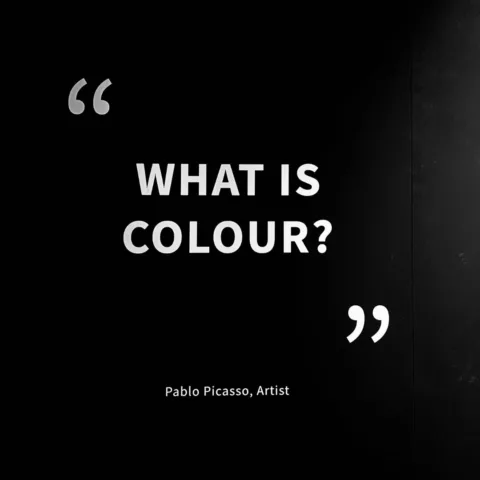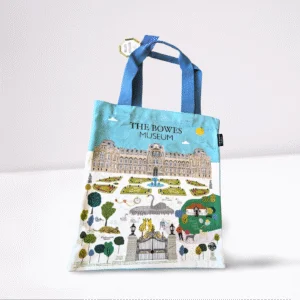The Bowes Museum Blog

The Pre-Raphaelite Brotherhood

The Pre-Raphaelite Brotherhood was formed in London in 1848 by seven young artistic radicals who rejected the ‘loose’ handling of some 18th century painters, in favour of a detailed finish and deliberate simplicity which they perceived in the work of artists before Raphael (1483-1520), the Classical painter of the Italian Renaissance. They found inspiration in poetry and Medieval literature, and sought a high moral purpose in their work, whether it depicted the old or modern world. They sought to reconstruct the details of Medieval life from historic sources in a way that became highly influential in the church and secular art during the reign of Queen Victoria (1837-1901).
The most famous member of the Brotherhood is possibly John Everett Millais, closely followed by the poet and painter Dante Gabriel Rossetti (a pupil of Ford Madox Brown). William Holman Hunt and the sculptor Thomas Woolner were more factual in their depiction of Medieval and modern life. However, Rossetti’s close follower Edward Burne-Jones remained close to the fantasy world of Medieval art and literature, making him admired in Paris as a poetic artist who influenced the ‘Symbolist’ movement in the late 19th century.
After many decades of being out of fashion, Pre-Raphaelite art came back into favour in the late 20th century. Its images of legends and stories from Medieval history are a continuing source of inspiration for film makers and set designers today.
Frank Dicksee: La Belle Dame sans Merci
![K328[2017] lower res](https://thebowesmuseum.files.wordpress.com/2020/03/k3282017-lower-res.jpg)
La Belle Dame sans Merci (The BEautiful LAdy without Mercy) by Frank Dicksee (1853 –1928), c. 1901, Oil on canvas, Bristol Culture
The subject matter is taken from a poem by Keats in which a Christian knight is tempted by an enchantress who condemns him to an unpleasant fate after she seduces him with her eyes and singing. Women in 19th century paintings were generally depicted as ‘good’ or ‘bad’, while men were often depicted as heroes or villains.
Find more about the exhibition and current events, here: https://bit.ly/PreRaphs







